Charging 101
𐓏 Charging 101 𐓏
Current charging pile specifications in Taiwan
In recent years, the growth of the EV market has been remarkable, yet there is still room for improvement in the construction of charging piles. Due to varying regulations across countries, each market has its own charging specifications. Unifying charging standards within a region would reduce confusion among EV owners, enhance charging convenience, and support the development of the EV market.
Taiwan is a diversified market and iswith highly tolerancet. It has There are many charging specifications, but it is also confusing. There i withouts no a single compatible charging standard. The EVs and charging equipment produced by each car manufacturer may be incompatible with charging, making car owners worried about finding the right charging equipment.
3.1 Taiwan Electric Vehicle Energy Supplement Industry Technology Promotion Alliance
In 2020, to promote the standardization of related domestic products, ITRI (Industrial Technology Research Institute) collaborated with nearly 50 manufacturers, including YES Charging Service, Noodoe Corp., Delta Electronics, Fortune Electric, Phihong Technology, and eTreego, etc. to establish the "Taiwan Electric Vehicle Energy Supplement Industry Technology Promotion Alliance" (known as the Charging Alliance).
3.2 Early market development in Taiwan
The CCS1 charging connector is divided into two parts: the upper part, which is compatible with Type 1 and allows for AC charging, and the lower part, which includes two DC pins enabling DC charging when combined with the upper part.
Similarly, the CCS2 standard is divided into two parts: the upper part is compatible with Type 2 and allows for AC charging, while the lower part includes two DC pins, enabling DC charging when once combined with the upper part.
Since the Taiwanese market was dominated by Type 1 in the early days, the existing charging pile equipmentequipment wasas mainly based on Type 1 AC charging. LaterHence, DC Charger charging demand was based on designed as CCS1, which is compatible with Type 1.
Therefore, in 2021, the Charging Alliance recommended that domestic local public charging stations in Taiwan adopt international standards Type 1 (SAE J1772) and CCS1 , hoping to create a domestic-friendly charging environment and accelerate the development of smart transportation in Taiwan.
Considering the particularity of Tesla's TPC charging specification, and that the TPC specification was not yet open to other car manufacturers for use at the time, TPC was not listed as one of the Taiwan's charging standards, but TPC specification charging piles can also be seen in Taiwan.
3.3 About other charging specifications
In response to European market regulations, Tesla has developed products with CCS2 charging specifications. Starting in Q3 of 2021, Tesla announced that it will fully adopt CCS2 charging specifications for new cars in the Taiwan market. As a result, CCS2 charging stations have also started to appear in Taiwan, and corresponding Type 2 AC charging specifications can also be seen.
Japanese car models have always been popular in the Taiwan market, and so the CHAdeMO charging specifications can also be seen in the charging pile settings of those relevant car manufacturers. In terms of overall development, some Japanese car manufacturers are gradually changing to CCS or NACS charging specifications, so there might not be explosive growth in Taiwan'sfor CHAdeMO charging specifications and equipment in Taiwan.
Although the CHAdeMO 3.0/ChaoJi charging specification, jointly developed by the CHAdeMO Association and CEC, has gained the trust and cooperation of many car manufacturers, but CHAdeMO 3.0/ChaoJi charging stations have not yet been apperaredobserved in the Taiwan market. Nonetheless, many Taiwanese manufacturers have begun conductinginvolved in related commercial layout by conductingand simulation research and development.
Need more help?
Please submit a business support request and our experts will get in touch with you.

Business & Products



Business & Products



Business & Products


